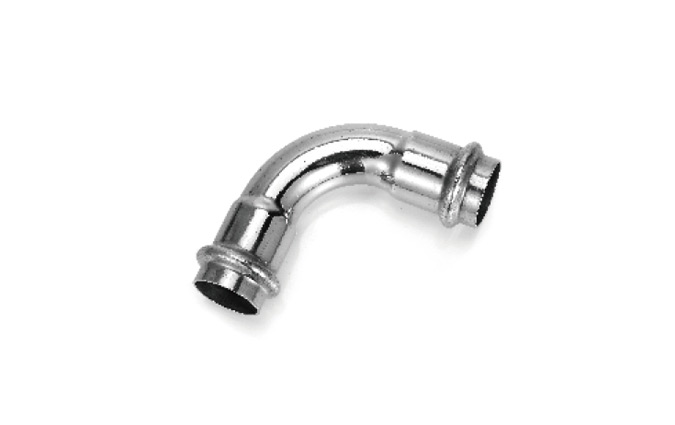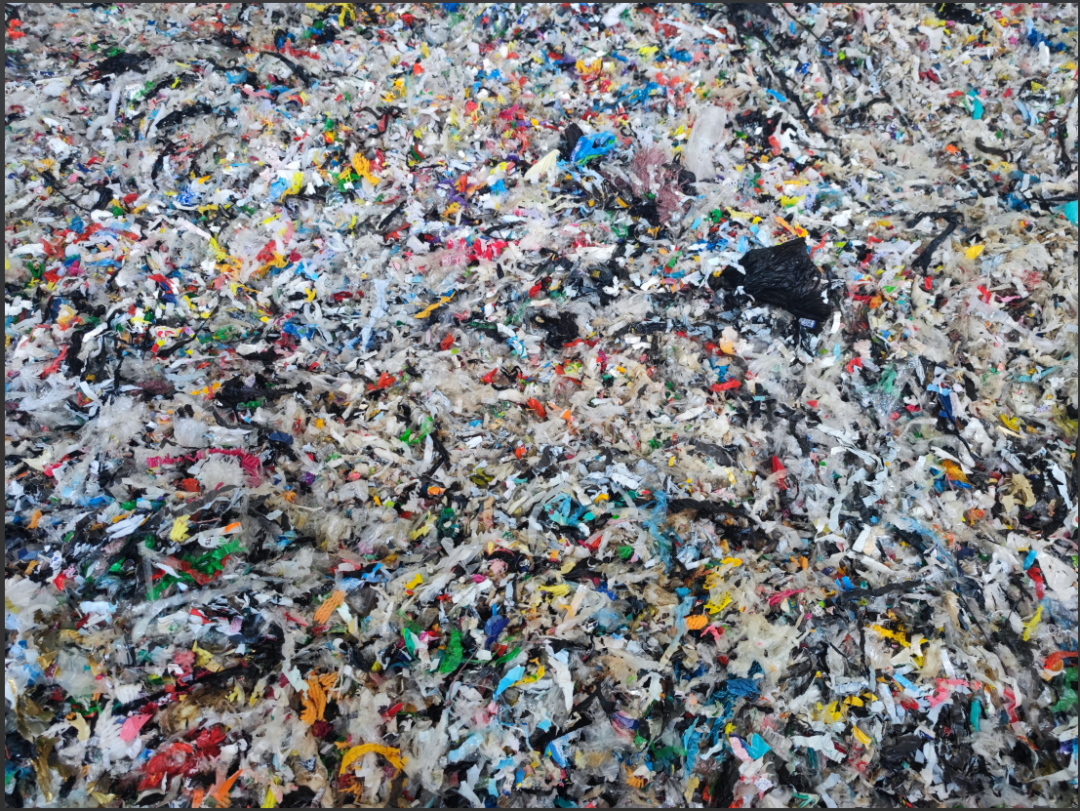Mastering the Art of Waterproofing Drywall Ceilings: A Comprehensive Guide
Drywall ceilings are a common feature in modern construction, providing a smooth and aesthetically pleasing finish to any space. However, they are susceptible to water damage, which can lead to structural issues, mold growth, and compromised aesthetics. In this comprehensive guide, we will explore the various techniques and materials used to effectively waterproof a drywall ceiling, ensuring its longevity and durability.
- Assessing the Situation:
Before embarking on any waterproofing project, it is crucial to assess the current condition of the drywall ceiling. Look for signs of water damage, such as discoloration, sagging, or peeling paint. Identifying the source of the water intrusion is equally important, as it will help determine the appropriate waterproofing method. - Repairing Existing Damage:
Addressing any existing damage is a crucial step in waterproofing a drywall ceiling. Begin by fixing leaks or plumbing issues that may be causing the water intrusion. Once the source is resolved, repair any visible damage to the drywall, such as replacing sections that are severely affected or using joint compound to fill in minor cracks and holes. - Selecting Waterproofing Materials:
To effectively waterproof a drywall ceiling, it is essential to choose the right materials. Consider using waterproof paint or a waterproofing membrane specifically designed for drywall applications. These materials create a protective barrier that prevents water from seeping into the drywall, reducing the risk of damage. - Applying Waterproofing Techniques:
There are several techniques to apply waterproofing materials to a drywall ceiling: a. Priming: Before applying any waterproofing material, it is crucial to prime the drywall surface. This helps seal the porous nature of the drywall and ensures better adhesion of the waterproofing material. b. Painting: Waterproof paint is an effective way to protect a drywall ceiling from water damage. Apply multiple coats of waterproof paint, following the manufacturer's instructions, to create a durable and water-resistant finish. c. Membrane Installation: Waterproofing membranes are another popular option for drywall ceilings. These membranes are typically self-adhesive and can be applied directly to the drywall surface. Ensure proper overlap and sealing of the membrane to create a continuous barrier against water intrusion. d. Sealant Application: Using a waterproof sealant around joints, corners, and edges is essential to prevent water from seeping through vulnerable areas. Apply the sealant generously and ensure proper coverage to create a watertight seal. - Regular Maintenance:
Even with proper waterproofing measures in place, regular maintenance is crucial to ensure the longevity of a drywall ceiling. Inspect the ceiling periodically for any signs of water damage, such as discoloration or peeling paint. Address any issues promptly to prevent further damage and maintain the effectiveness of the waterproofing.
Conclusion:
Waterproofing a drywall ceiling is a vital step in protecting your space from water damage and maintaining its aesthetics. By following the techniques and using the appropriate materials outlined in this comprehensive guide, you can ensure a durable and long-lasting drywall ceiling that withstands the test of time. Remember, prevention and regular maintenance are key to avoiding costly repairs and preserving the integrity of your space.


